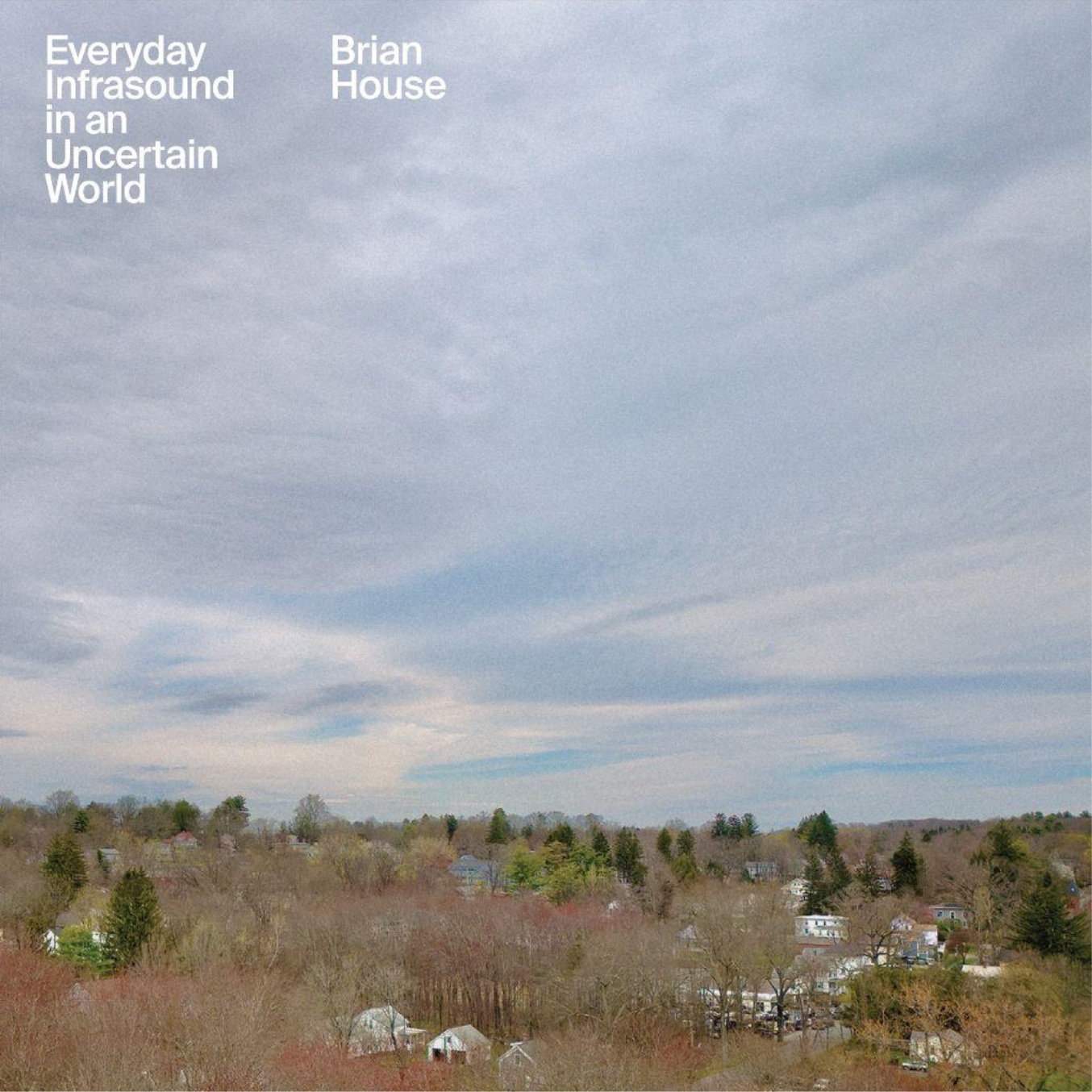Even though you can’t hear it, infrasound fills the air. And because the atmosphere doesn’t absorb it like regular sound, infrasound comes from hundreds—if not thousands—of miles away. If humans could perceive frequencies lower than 20 Hz, then changing ocean currents, wildfires, turbines, receding glaciers, industrial HVACs, superstorms, and other geophysical and anthropogenic sources from across the planet would be part of the quotidian soundscape of our lives, wherever we might be.
Macrophones appropriates Cold War technology and combines it with cutting-edge signal processing and machine learning in order to make infrasound audible. Situated in locations including old-growth forests, the arctic tundra, and city centers, the installation comprises electronics that record microbarometric fluctuations through a sculptural wind filter. The recordings are processed and resampled upward into an acoustic range that we can hear, and via audio augmented reality, listeners at the site hear infrasound spatially situated in the landscape around them.
Paying attention to how we are connected through the atmosphere, rather than through the internet, is both poetic and political. This work germinated in Oregon amid an unprecedented season of wildfires. It developed along with my chronic illness, Lyme, a tick-borne disease that has become more common as a result of warming winters. My young son watched over the development process; our ancestors mined coal. For me, it’s not just a matter of hearing what is novel to the human ear, but of encountering those agencies greater than our own that connect us through the atmosphere.

Everyday Infrasound in an Uncertain World (Gruenrekorder, 2025) features a 24-hour recording made with Macrophones in the small town of Amherst, Massachusetts, sped up by a factor of 60 to be 24-minutes. Although we might think we hear something familiar when listening to this album, only its very highest sounds could have been detected with an unaided ear.
Side A – Day, 6am–6pm [12:00]
Side B — Night, 6pm–6am [12:00]
Available on bandcamp and from Gruenrekorder.
Everyday Infrasound in an Uncertain World is a notable document in terms of its conceptual and technological ingenuity … [it] registers House's sensitivity to pressing ecological issues that reverberate through our lives. — The Wire
…as ominous as these sounds can be, they arrive with an immense sense of beauty and wonder…an unparalleled love letter to planet earth in the liminal space where science and art collide. — Everything is Noise ⎋
The album is scientific in method, yet spiritual in impact. It’s also one where data becomes elegy and atmosphere becomes an instrument. — Treble ⎋